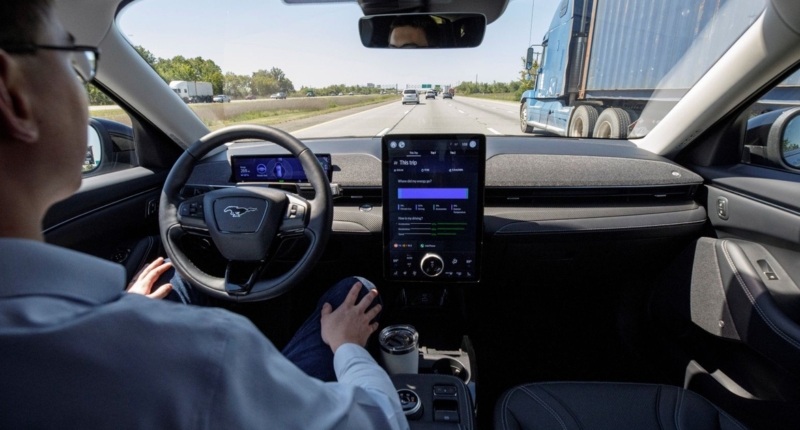Ford has filed a patent application for autonomous vehicle repossession, but there are concerns about practicality and safety, such as controlling lockout functions and response time to drivers in emergencies. Many automakers have already implemented semi-autonomous driving technologies, and fully autonomous driving is the next frontier. However, there are significant legal and safety implications that must be resolved before such technologies can become a reality. Meanwhile, the focus of the future of autonomous driving technologies is on the development of more advanced systems for driving assistance, ride-hailing services, and delivery services. Keywords that can help in SEO include autonomous technology, repossession, autonomous vehicles, self-driving technology, and driving autonomy.
The Future of Car Repossession: Ford’s Autonomous Vehicles
Ford has recently filed a patent application with the US Patent and Trademark Office that proposes self-driving technology to allow its vehicles to repossess themselves autonomously. The patent application, titled “Systems and Methods to Repossess a Vehicle,” outlines a system where an individual receives a delinquency notice on the vehicle’s computer or their smartphone, and if it goes unnoticed, the car’s computer may disable functionality or place the entire vehicle in a lockout state.
According to a spokesperson from Ford, the company has no plans to implement the concepts in the patent and is currently pending approval. However, Ford’s repossession innovations are angled at making the process of acquiring a vehicle in default easier for all parties involved.
With the surge in car prices and inflation, the number of high-risk borrowers in the US who are at least 60 days behind on their car payments has doubled from 2021 to 2022, according to credit-rating agency Fitch Ratings. Ford’s patent application could reduce the risk of endangering owners, bystanders, financial institutions, repossession agencies, and first responders during a vehicle recovery as repossession operations can be confrontational.
However, the patent also addresses concerns related to disabling component functionalities. In case of an emergency, such as someone in a critical situation who needs their vehicle, the lockout condition may be temporarily lifted, allowing the vehicle to drive to specific locations such as a hospital or a police station.
Although the idea of autonomous vehicle repossession is novel, it won’t happen any time soon. The concept of autonomous technology is still in its early stages, and there are several legal and ethical considerations surrounding the issue. The patent application filing is, therefore, just a normal course of business for the company.
As more cars are getting self-driving features, Ford’s proposal of autonomous vehicle repossession may open doors for other companies to develop similar technologies in the future. However, it remains to be seen how much of an impact the technology would have on car owners, lenders, and repossession agents if it ever becomes a reality.
The Future of Autonomous Driving Technologies
While Ford’s patent application for autonomous vehicle repossession is an interesting concept, it raises several questions about the practicality and safety of such a system. One major concern is the ability to oversee and control lockout functions, as well as the response time to drivers in emergencies. These are topics that will have to be addressed before self-repossessing cars can become a reality.
Many automakers have already implemented semi-autonomous advanced driver assistance capabilities into their vehicles, with different levels of driving autonomy. However, fully autonomous driving is the next frontier. Tesla’s Full-Self Driving software was among the first mass-market Level 2 semi-autonomous driving systems available to consumers, but Mercedes-Benz’s Drive Pilot system is the first Level 3 system. Other companies, such as Waymo and Cruise, are already offering completely driverless ride-hailing services to customers in certain locations in the US. Even Amazon, Dominos, and Walmart are testing the integration of autonomous technology into their delivery services.
While the automatic repossession of vehicles as a standard feature would streamline the process and hold some advantages, there are significant legal and safety implications that would need to be resolved. Even if the patent is approved, don’t expect this concept to be implemented any time soon. Instead, the focus for the future of autonomous driving technologies will likely be on the development of more advanced systems for driving assistance, ride-hailing services, and delivery services.
Don’t miss interesting posts on Famousbio










